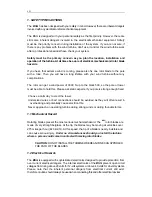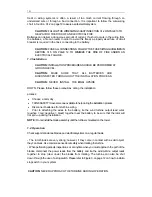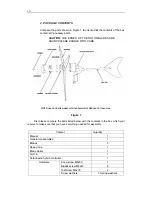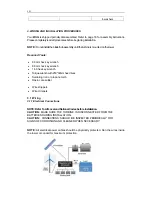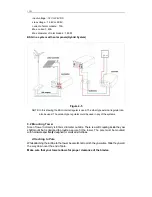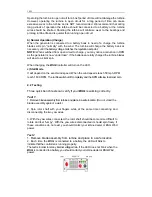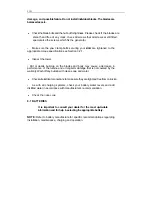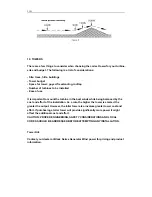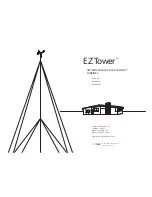
19/25
5. TROUBLE SHOOTING
If the turbine does not work properly after following the installation instructions, then read this
chapter and carefully compare your installation with each section.
5.1 Assembly
Make sure the blade assembly is on tight. You can check by placing the 14.0 hex key in
the shaft, holding it and attempting to turn the blade assembly. If you can turn
the blade, retighten the blade assembly.
5.2 Electrical System
Measure the voltage at the battery terminals to which the
BSG
is connected. For the factory
regulation set point, if the voltage for a 12v system reads 14.4V or higher
(24v 28.2),
then the
turbine will sense the battery is charged and stop producing power.
While you are conducting output tests, make sure no other devices such as alternators
or photovoltaic panels are charging the batteries at the same time. The total voltage
from other charging sources could increase the battery voltage causing the
BSG'S
regulator to think the batteries are charged and prematurely stop charging.
Also, check the condition of each individual battery. One bad battery can create high
voltages (16-18 volts) and stop the turbine from charging. Consult the battery
manufacturer for testing individual batteries or cells.
5.3 Elevation
The higher a wind generator is from sea level, the lower the air density. Air density is directly
proportional to the output of your turbine. Here are some general numbers to keep in
mind when determining the maximum output that can be expected from a wind turbine.
1-500 ft
(0 – 150 m)
100%
500-1000 ft
(150 – 300 m)
97%
1000 - 2000 ft
(300 – 600 m)
94%
2000 - 3000 ft
(600 – 900 m)
91%
3000 - 4000 ft
(900 – 1200 m)
88%


